Get the latest international news and world events from around the world.

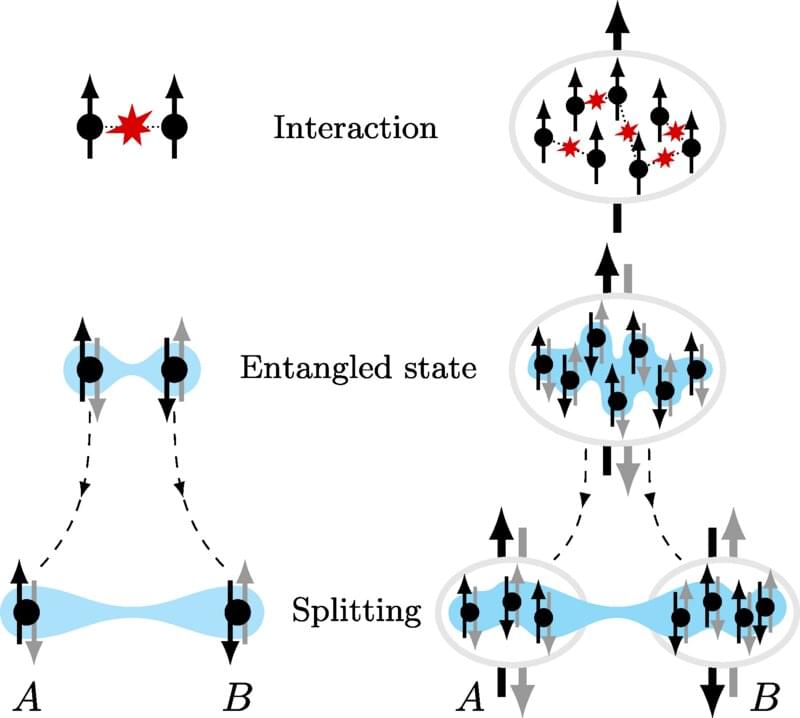
Experiment shows Einstein-Podolsky-Rosen paradox scales up
A group of physicists at the University of Basel, in Switzerland, has found via experimentation that the Einstein-Podolsky-Rosen paradox still holds even when scaled up. Paolo Colciaghi, Yifan Li, Philipp Treutlein and Tilman Zibold describe their experiment in Physical Review X.
In 1935, Albert Einstein, Boris Podolsky and Nathan Rosen published a paper outlining a thought experiment that suggested that quantum mechanics did not give a complete description of reality. They argued for the existence of “elements of reality” that were not part of quantum theory—and then went further by speculating that it should be possible to come up with a new theory that would contain such hidden variables.
Their experiment has since come to be known as the EPR paradox because of the contradictions it reveals, such as one particle in a system influencing other particles due to entanglement, and also that it can become possible to know more about the particles in a given system than should be allowed by the Heisenberg uncertainty principle.
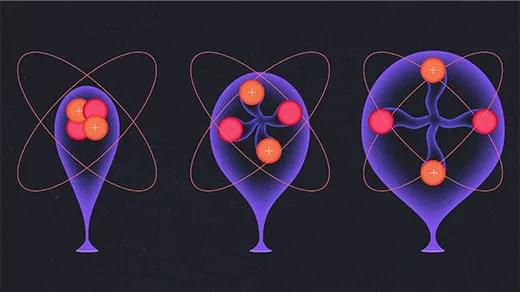
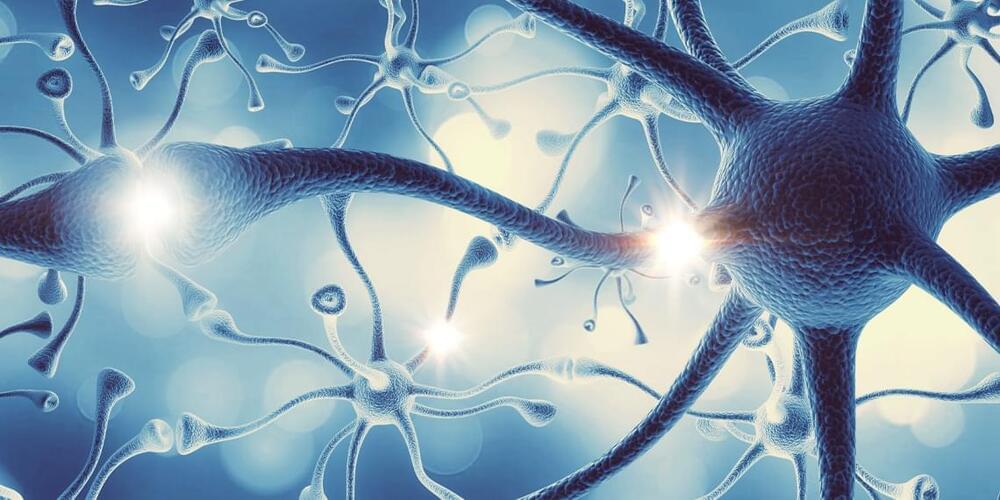
Neuroscientists enhance memory consolidation
Scientists recently used electrical stimulation in the brains of epilepsy patients to investigate the relationship between brain activity and memory consolidation during sleep. They found that synchronizing the firing of neurons in the medial temporal lobe and neocortex through this stimulation improved memory consolidation, particularly for recognition memory tasks.
The findings, which have been published in Nature Neuroscience, contribute to our understanding of memory processes and may have important implications for the development of interventions for memory disorders and dementia.
The motivation behind this study was to investigate how the brain consolidates memories during sleep. While it is known that sleep plays a vital role in memory strengthening, the specific processes that occur in the brain during sleep are still not well understood.
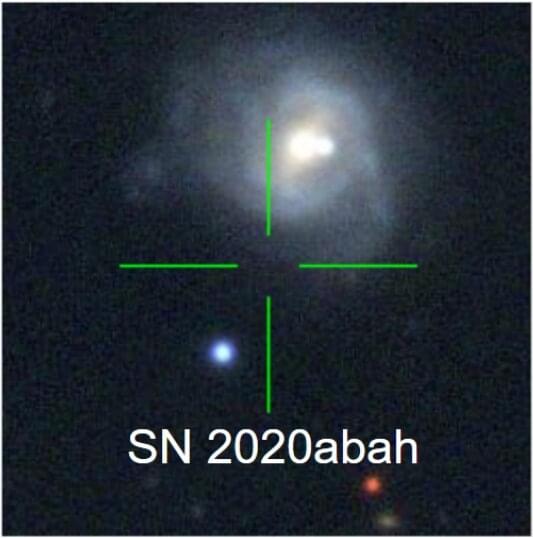
Astronomers discover 12 new long-rising Type II supernovae
An international team of astronomers reports the detection of 12 new long-rising Type II supernovae as part of the Zwicky Transient Facility (ZTF) Census of the Local Universe (CLU). The discovery, published June 1 on the arXiv pre-print repository, nearly doubles the number of known supernovae of this subclass.
Type II supernovae (SNe) are the results of rapid collapse and violent explosion of massive stars (with masses above 8.0 solar masses). They are distinguished from other SNe by the presence of hydrogen in their spectra. Based on the shape of their light curves, they are usually divided into Type IIL and Type IIP. Type IIL SNe show a steady (linear) decline after the explosion, while Type IIP exhibit a period of slower decline (a plateau) that is followed by a normal decay.
Some Type II SNe are characterized by their unusual long rises to peak—lasting more than 40 days. Observations suggest that, in general, such long-rising SNe originate from more compact (with radii below 100 solar radii), massive (with masses of about 20 solar masses) stars, and have higher explosion energies. However, although three decades have passed since the discovery of the first long-rising Type II SNe, designated SN 1987A, only 16 explosions of this subclass have been identified in the local universe.
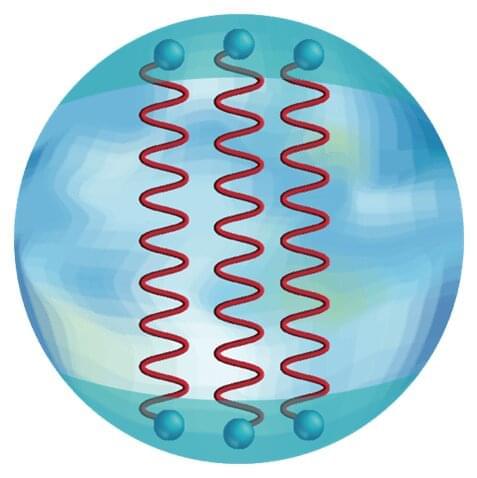
A simple solution for nuclear matter in two dimensions
Understanding the behavior of nuclear matter—including the quarks and gluons that make up the protons and neutrons of atomic nuclei—is extremely complicated. This is particularly true in our world, which is three dimensional. Mathematical techniques from condensed matter physics that consider interactions in just one spatial dimension (plus time) greatly simplify the challenge.
Using this two-dimensional approach, scientists solved the complex equations that describe how low-energy excitations ripple through a system of dense nuclear matter. This work indicates that the center of neutron stars, where such dense nuclear matter exists in nature, may be described by an unexpected form.
Being able to understand the quark interactions in two dimensions opens a new window into understanding neutron stars, the densest form of matter in the universe. The approach could help advance the current “golden age” for studying these exotic stars. This surge in research success was triggered by recent discoveries of gravitational waves and electromagnetic emissions in the cosmos.

These earbuds can translate 37 languages. They’re on sale for $150
Being able to understand and speak to people in several different languages could be a true game-changer on your next international vacation. Imagine what a different travel experience you’d have if you were able to converse with locals and discover all the hidden gems a city has to offer.
These translator earbuds that translate over 30 languages are perfect for travel and currently on sale for $150.

